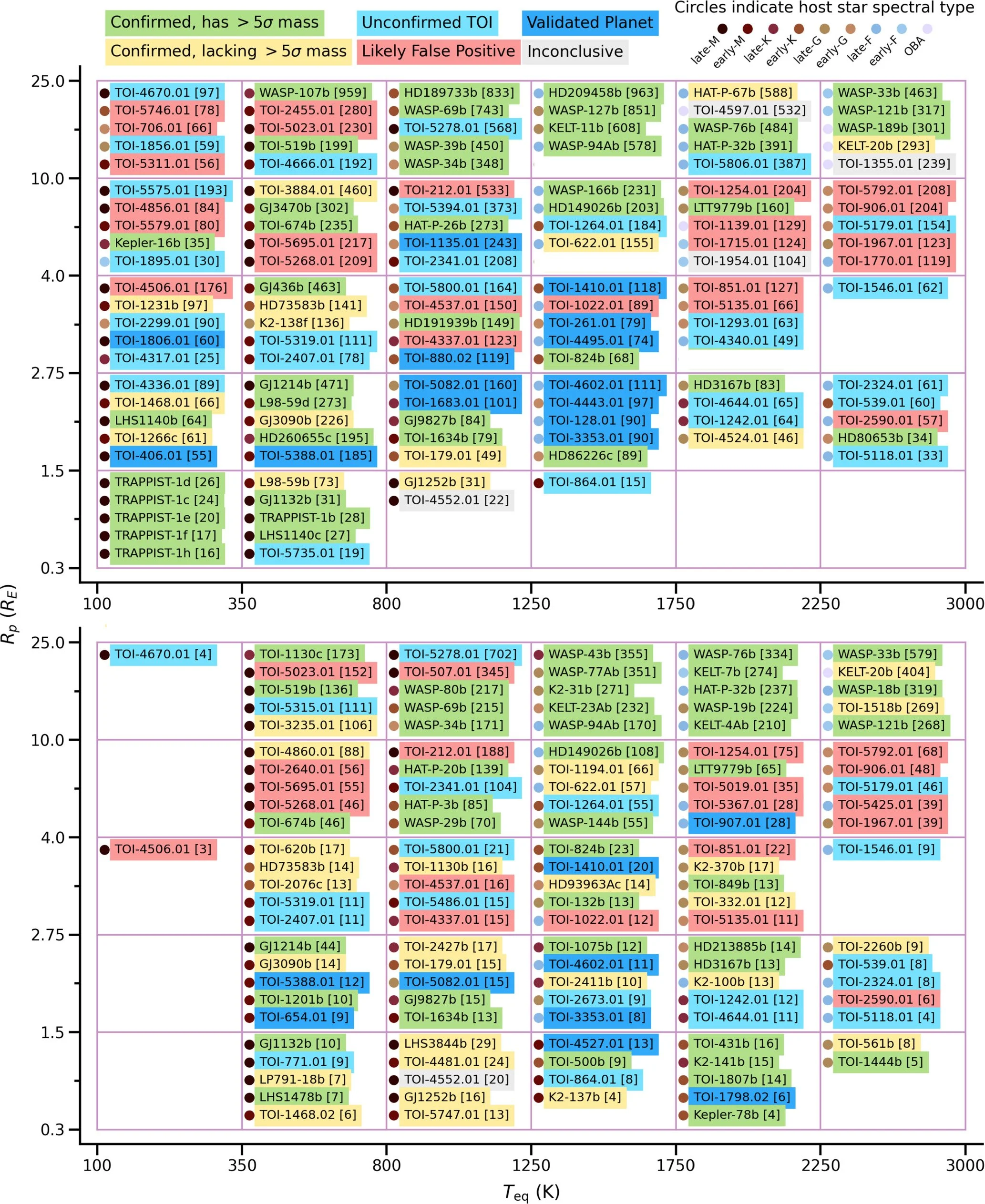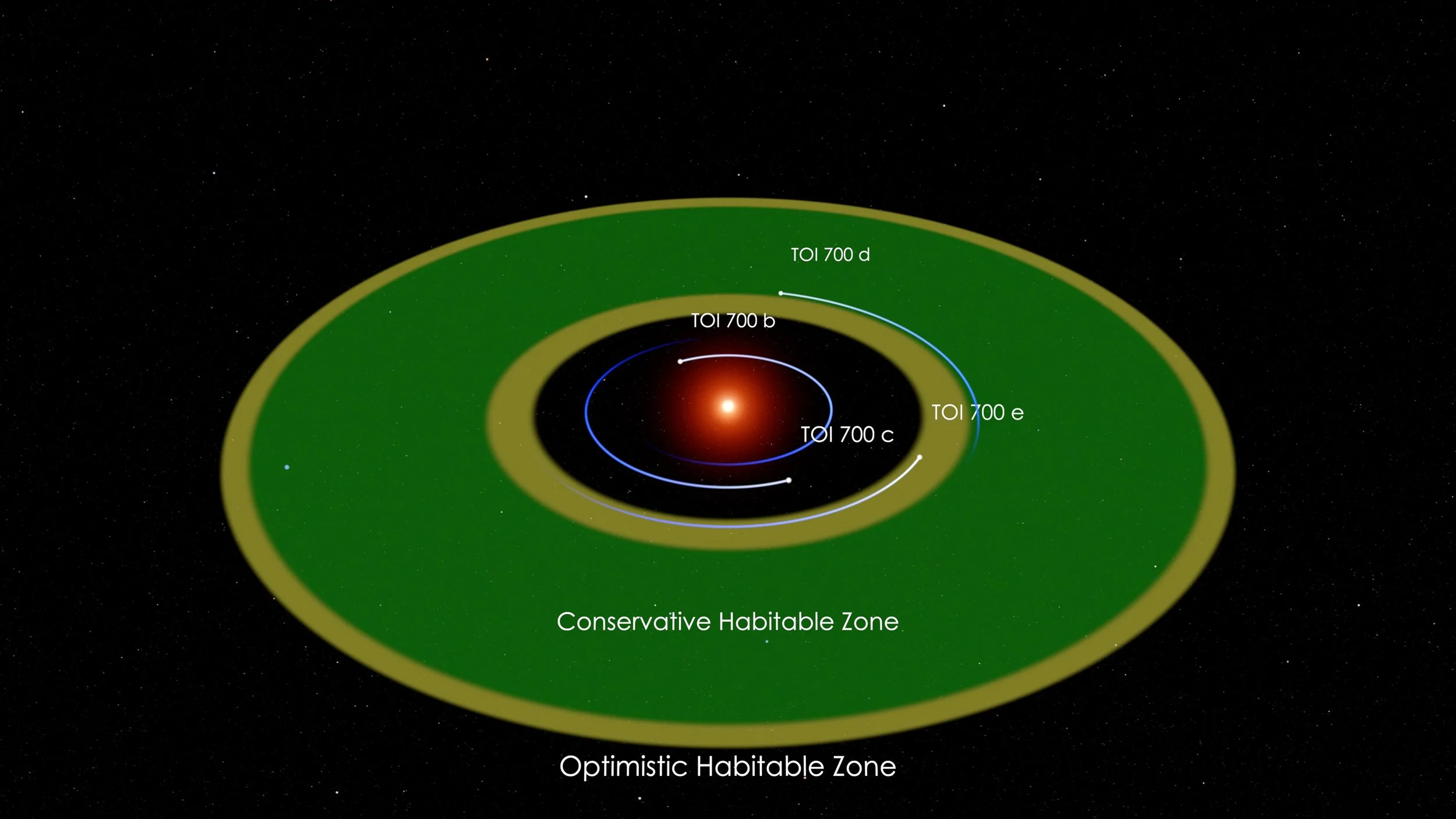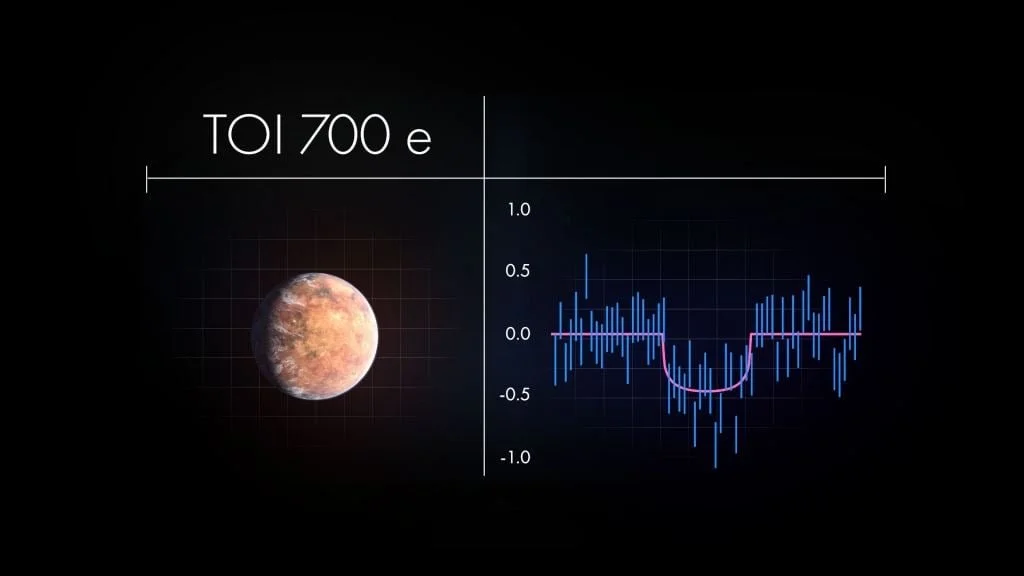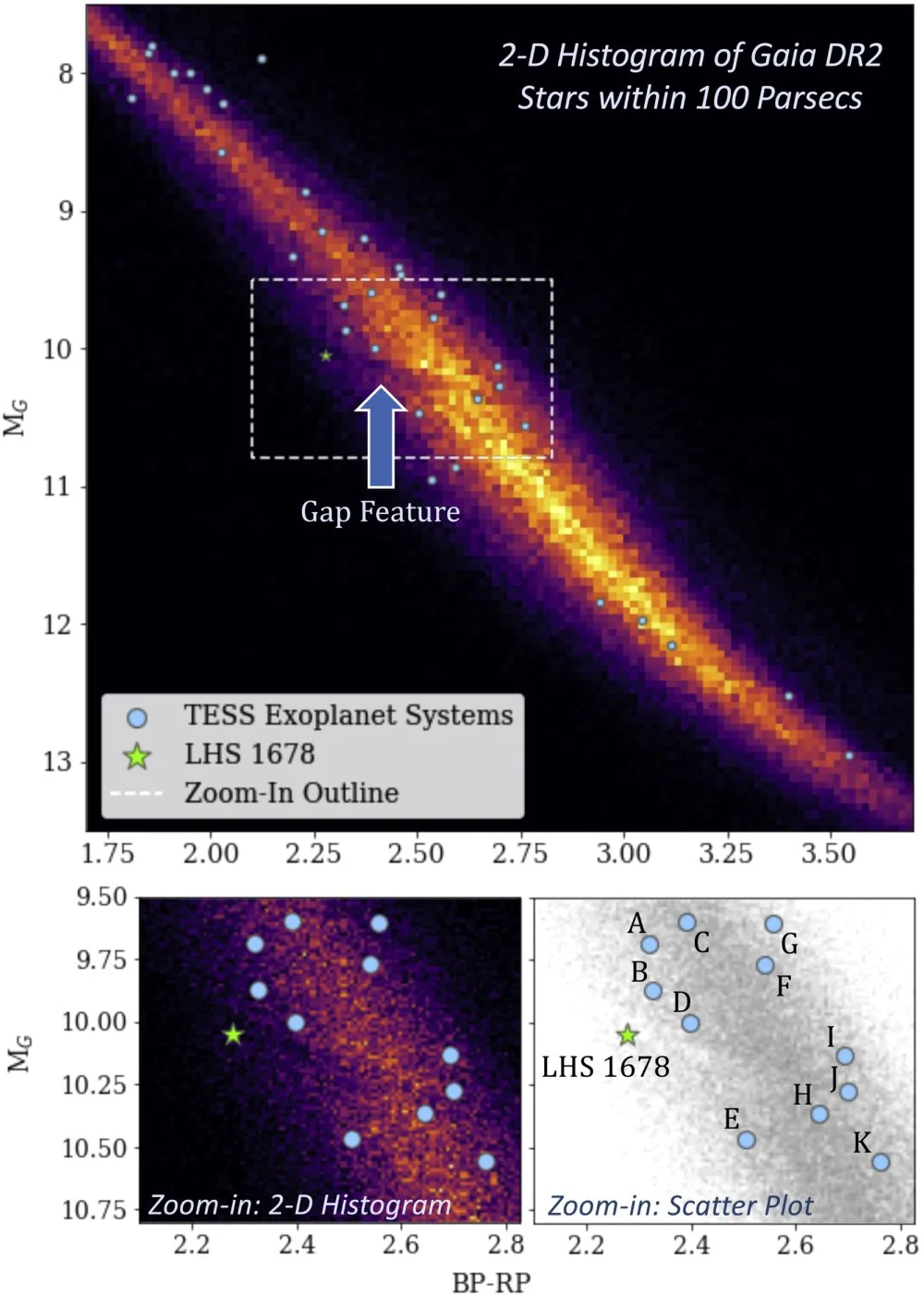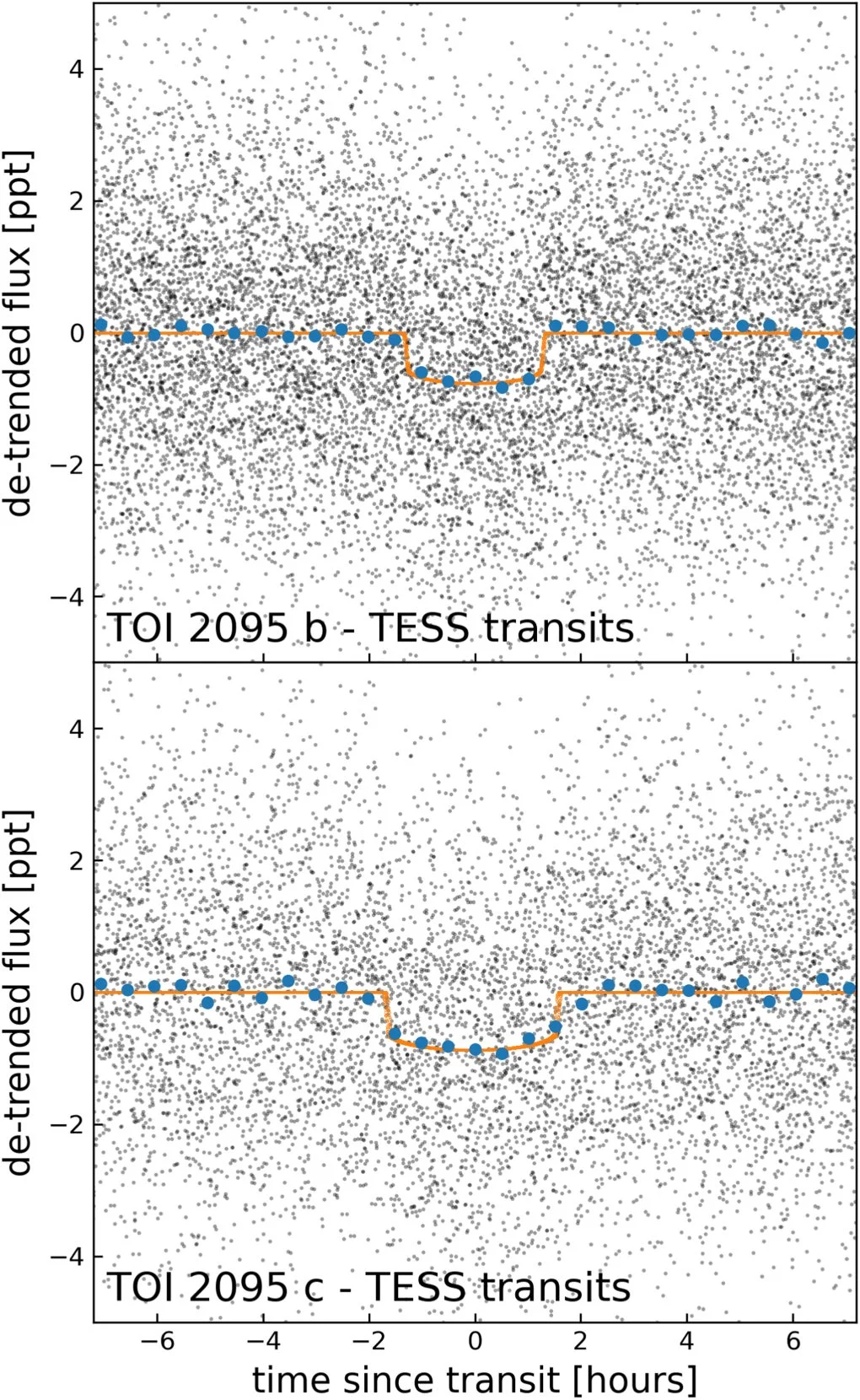Understanding the diversity of planets and their atmospheres is essential in understanding how planets form, what they are composed of, and their relationship with their host star.
From rocky, habitable zone planets, to scorchingly hot Jupiters, to watery mini Neptunes, a diverse array of planets inhabit observable systems. I work to understand the demographics of the planets orbiting stars in our galaxy, in turn informing our knowledge of how planets form. The orbital dynamics, atmospheric composition, and host star properties are all inextricably linked to one another in understanding the formation and evolution of a planetary system and studying one illuminates the others. To accomplish this, I use data from large surveys, such as the Transiting Exoplanet Survey Satellite (TESS), to discover unique systems and build out the sample of known planets, filling in edge cases and gaps in parameter space that challenge our traditional exoplanet population models. Below are some research projects I have led and participated in that have discovered new planets and new populations that push the boundaries of current theories and provide some of our best chances at probing the chemical makeup of exoplanet atmospheres, potentially including those with habitable biospheres. Click the images to go to the publication for each project.
Identification of the Top TESS Objects of Interest for Atmospheric Characterization of Transiting Exoplanets with JWST: Some planets are more amenable to study of their atmospheres than others. Using a pair of spectroscopy metrics, I identified which confirmed planets and planet candidates represented the field's best chances at detecting and studying exoplanet atmospheres across all regimes of exoplanets. For the planet candidates that made this "best-in-class" list, I utilized ground- and space-based follow up as well as statistical analysis techniques to determine which were real planets and which were false positives, leading to the discovery of almost two dozen new planets, all of which are some of the best planets for atmospheric study. Many of the planets in this ranked population have since been approved for observation with JWST and the framework for prioritizing planetary atmospheric observations has streamlined the community's efforts for studying planetary atmospheres.
The First Habitable-zone Earth-sized Planet from TESS. I. Validation of the TOI-700 System: Using data from the Transiting Exoplanet Survey Satellite (TESS), we discovered the first TESS system hosting an Earth-sized planet orbiting in its star's habitable zone, the zone in which the temperature is just right for liquid water -- a building block of life -- to exist on its surface. This discovery of this system has revolutionized the search for habitable planets around other stars, since only a handful of potential candidates are known, almost all of which are too far or too faint for follow up study.
A Second Earth-sized Planet in the Habitable Zone of the M Dwarf, TOI-700: Using additional data from the Transiting Exoplanet Survey Satellite (TESS), we were able to identify a second Earth-sized planet in the star's habitable zone, making the TOI-700 system an exceedingly rare system with multiple Earth-sized, habitable zone planets. This provides an extremely valuable test bed in the search for life on other planets as it allows for the comparison between multiple planets within the same system.
The LHS 1678 System: Two Earth-sized Transiting Planets and an Astrometric Companion Orbiting an M Dwarf Near the Convective Boundary at 20 pc: The star LHS 1678 resides in a "gap" in the HR diagram that marks the transition between fully and partially convective M dwarfs. Stars oscillate between either side of this gap, pulsing their radius as they do so. The discovery of planets around such a star provides an excellent laboratory to study how a changing host star affects its planets over long timescales.
Two Warm Super-Earths Transiting the Nearby M Dwarf TOI-2095: The transition regime between terrestrial planets and gaseous planets is poorly understood but holds a major key in understanding how planets evolve over time. The discovery of two super-Earth planets in the lower mass edge of this transition region provides crucial data points in understanding this regime. Furthermore, both of these planets have temperatures similar to that of Venus, allowing for the comparison to, and the potential for additional insights into, a planet much closer to home.
